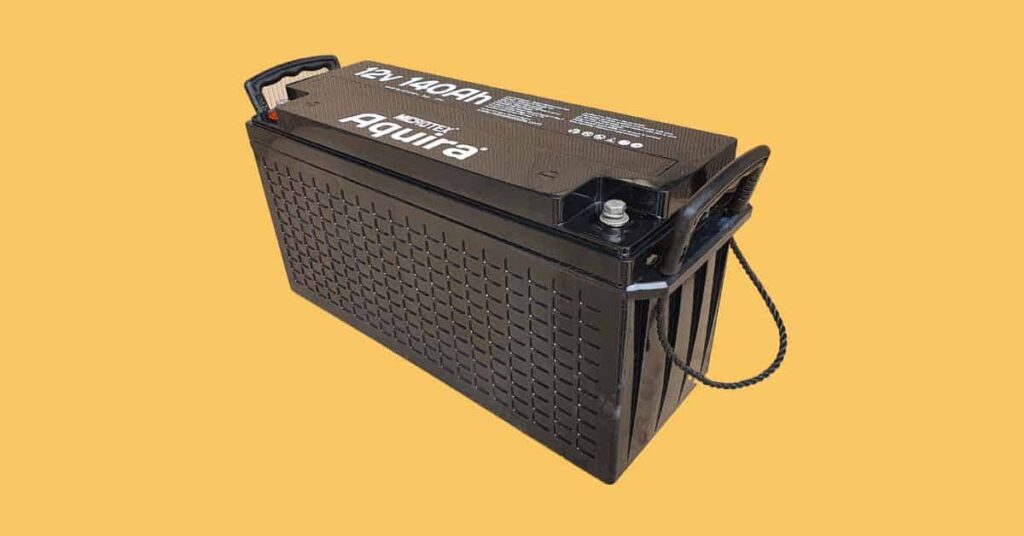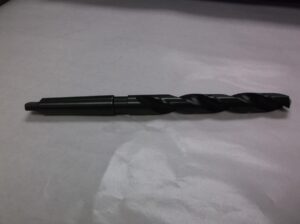VRLA Batteries: The Ideal Choice for Uninterrupted Power

In the realm of energy storage, Valve-Regulated Lead-Acid (VRLA) batteries have emerged as a popular choice due to their reliability, maintenance-free design, and cost-effectiveness. These batteries are widely used in a variety of applications including emergency lighting, uninterruptible power supplies (UPS), and backup power for telecommunications and medical equipment. Understanding the advantages and applications of VRLA batteries can help users make informed decisions about their energy solutions.
Understanding VRLA Technology
VRLA batteries are a type of lead-acid battery designed to prevent the loss of water from the electrolyte and to minimize maintenance. They are called “valve-regulated” because each cell is equipped with a safety valve that can release pressure if it builds up to an unsafe level. There are two main types of VRLA batteries:
- Absorbent Glass Mat (AGM): In AGM batteries, the electrolyte is absorbed into a fiberglass mat placed between the plates. This design makes the batteries leak-proof and allows them to be used in any orientation. AGM technology is preferred in applications requiring high bursts of amps, such as in UPS systems and starting engines.
- Gel Cell: Gel batteries use a thick paste electrolyte instead of liquid, making them even less prone to leakage. They excel in slow discharge rates and slightly lower temperature environments, making them ideal for marine applications, wheelchairs, and golf carts.
Advantages of VRLA Batteries
Maintenance-Free: Unlike traditional lead-acid batteries, VRLA batteries do not require regular topping-up of water. This sealed design reduces the need for regular maintenance, making VRLA batteries a convenient and reliable power source.
Safety and Durability: VRLA batteries are less likely to spill their contents compared to traditional batteries, due to their sealed structure. They are also more resistant to shock and vibration, which extends their life and reliability in mobile applications.
Cost-Effectiveness: Although VRLA batteries may have a higher initial cost compared to standard lead-acid batteries, their longer lifespan and minimal maintenance requirements offer better long-term value.
Versatility: VRLA batteries can be used in a wide range of temperatures and are compatible with a variety of charging methods. This versatility makes them suitable for many different applications across various industries.
Applications of VRLA Batteries
VRLA batteries are utilized in numerous fields where reliable and maintenance-free energy is crucial:
- Telecommunications: They provide backup power to ensure uninterrupted service.
- Power Grids: VRLA batteries act as emergency power sources during outages.
- Renewable Energy Systems: They store excess energy generated from solar panels or wind turbines.
- Medical Equipment: VRLA batteries supply power to critical medical devices during power failures.
- Electric Vehicles and Industrial Equipment: They are used in forklifts, electric golf carts, and other electric vehicles.
Choosing the Right VRLA Battery
When selecting a VRLA battery, consider the specific requirements of your application, such as load capacity, discharge rate, and operational environment. It’s also important to choose high-quality batteries from reputable manufacturers to ensure reliability and performance.
Conclusion
VRLA batteries stand out as a powerful solution for a wide range of applications requiring dependable, low-maintenance energy storage. Whether for commercial, industrial, or personal use, their advanced technology offers a blend of efficiency, durability, and cost-effectiveness that few other battery types can match. With their ability to provide stable power in a compact package, VRLA batteries continue to be a cornerstone in the development and expansion of modern energy systems.




